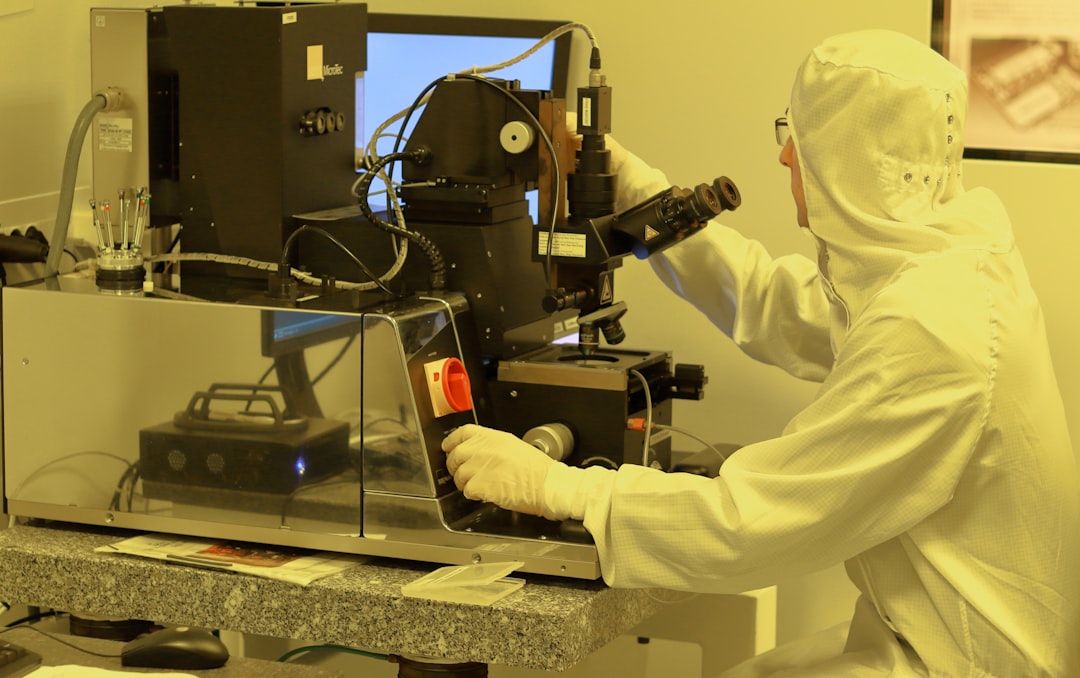What is it about?
2D electronic systems are a crucial component of physics research. However, measuring them requires cryogenic temperatures (near -273.16 °C, the absolute zero), which makes obtaining a direct temperature reading of the system being studied challenging. In this article, we will explain how temperature differences can be created in disk-shaped devices and how to directly measure the temperature differences of the 2D electronic system in these devices. We compare our measurements with the models we have produced, the results are in agreement. The method of measurement is based on conductance measurements, which is a system property that depends on the temperature and is commonly used in this type of system.
Featured Image

Photo by Zoltan Tasi on Unsplash
Why is it important?
This work presents a novel approach to generating and measuring temperature differences directly on the 2D electron system of devices. We have produced a model of the expected temperature profile, which shows good agreement with the experimental measurements we obtained. Additionally, we demonstrate how to select appropriate magnetic fields to improve the accuracy of the measurements. By measuring the conductance change of the devices, we can directly probe the electronic response and obtain temperature readings. This method is different from using typical sensors, which rely on indirect measurements that depend on intermediate interactions with the devices.
Perspectives
This work is a critical component of a larger study aimed at understanding and controlling thermoelectric responses and heat in 2D electron systems. These systems are of great interest in physics and have the potential to impact the development of new electronic devices. By gaining control over these processes, we can extract energy or refrigerate devices in-situ by regulating heat and electronic currents. The ability to control thermoelectric responses in 2D electron systems is a promising avenue for further research, with great potential in the field of electronic devices.
mariano real
Instituto Nacional de Tecnologia Industrial
Read the Original
This page is a summary of: Controlled generation and detection of a thermal bias in Corbino devices under the quantum Hall regime, Applied Physics Letters, March 2023, American Institute of Physics,
DOI: 10.1063/5.0133660.
You can read the full text:
Contributors
The following have contributed to this page










